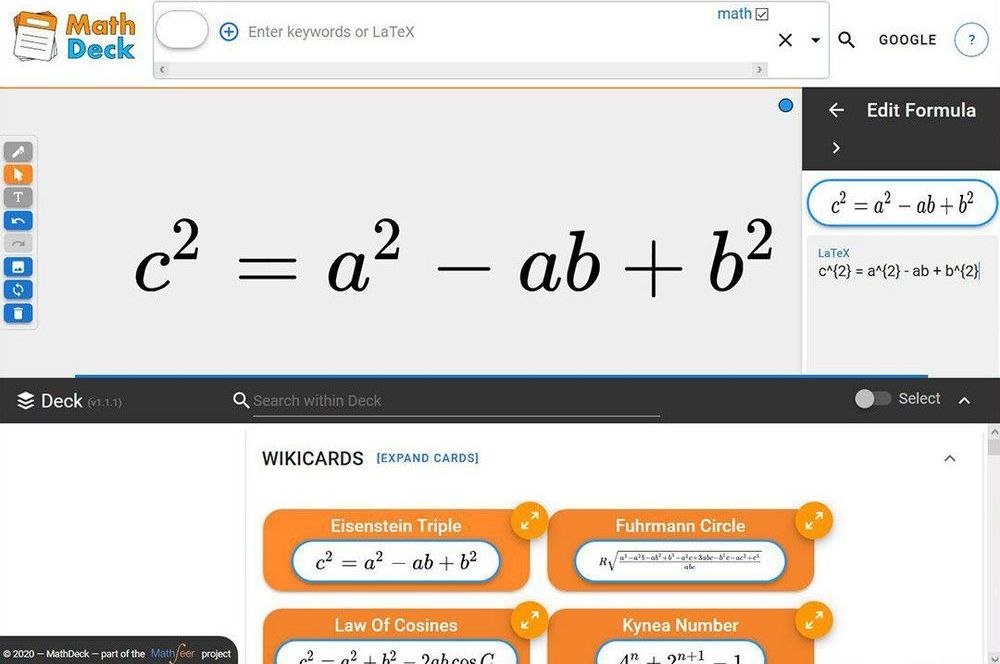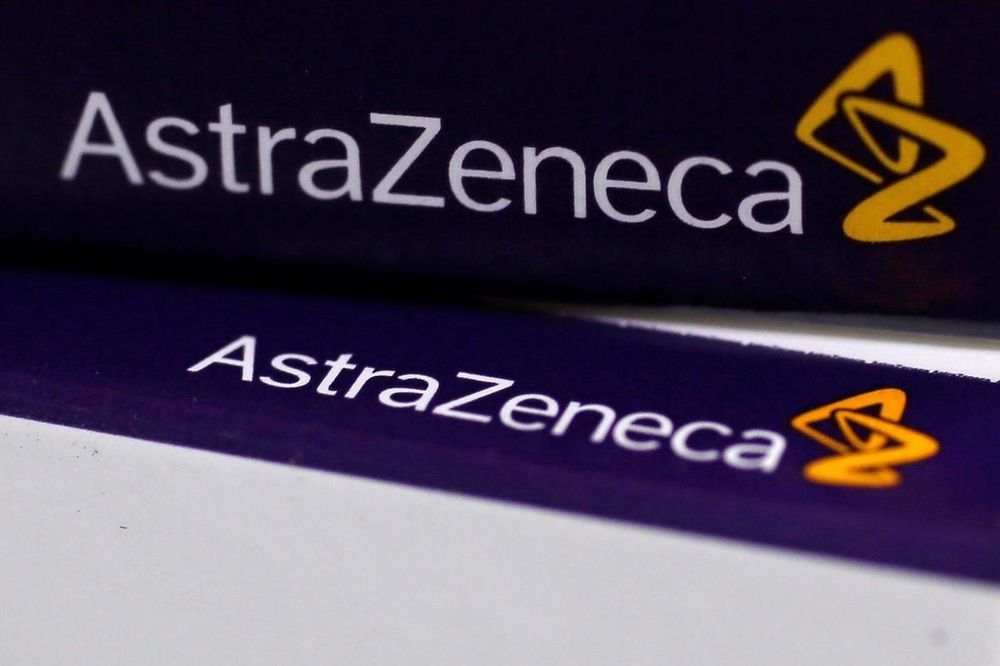Modern physics knows a great deal about how the universe works, from the grand scale of galaxies down to the infinitesimally small size of quarks and gluons. Still, the answers to some major mysteries, such as the nature of dark matter and origin of gravity, have remained out of reach.
Caltech physicists and their colleagues using the Large Hadron Collider (LHC) at the European Organization for Nuclear Research (CERN) in Geneva, Switzerland, the largest and most powerful particle accelerator in existence, and its Compact Muon Solenoid (CMS) experiment have made a new observation of very rare events that could help take physics beyond its current understanding of the world.
The new observation involves the simultaneous production of three W or Z bosons, subatomic “mediator particles” that carry the weak force—one of the four known fundamental forces —which is responsible for the phenomenon of radioactivity as well as an essential ingredient in the sun’s thermonuclear processes.








